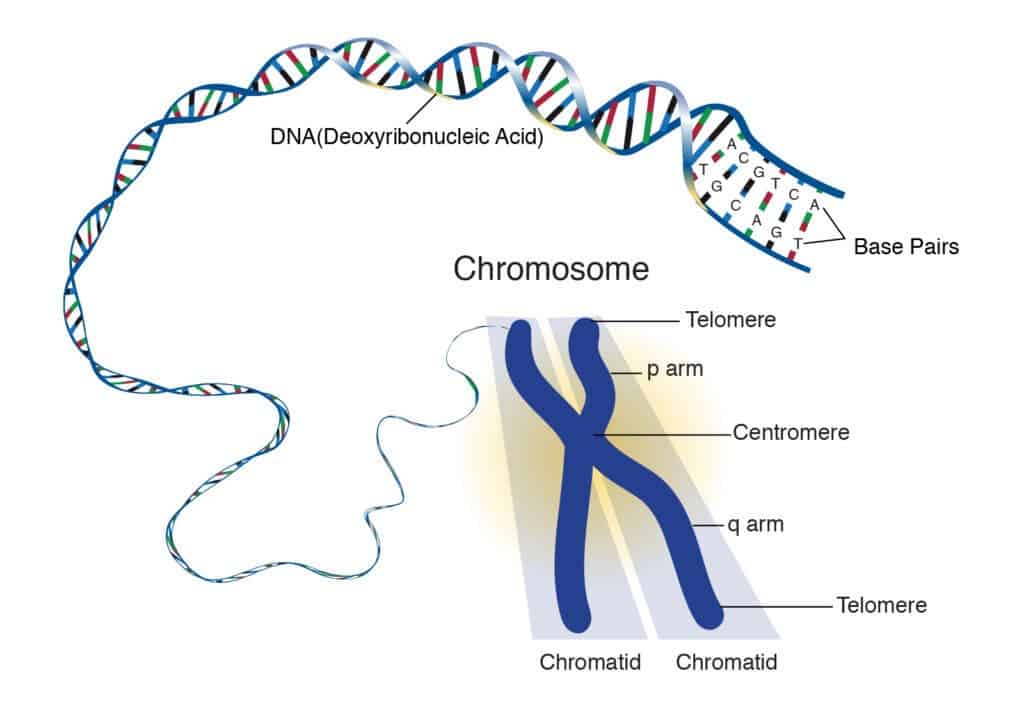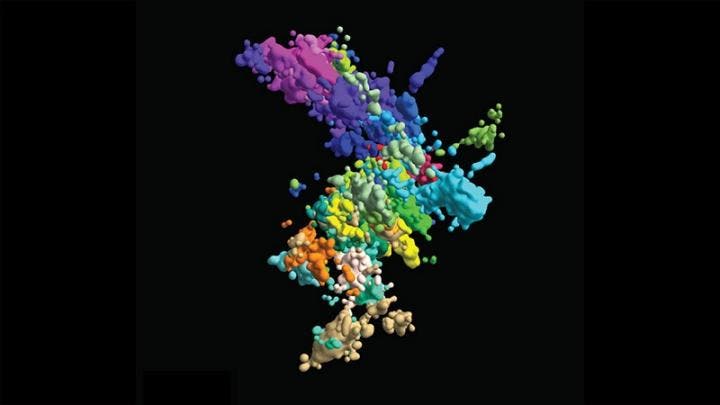Take any high school biology textbook and the odds are you’ll find an image of chromosomes — a familiar X- or H-shaped structure that has been used to represent chromosomes for decades. Most of the time, that’s not really accurate, a new study shows.

All known living creatures, including humans, must create new cells to replace the old ones — and the DNA serves as the blueprint for doing that. Chromosomes are long molecules that contain the DNA and the genetic information of organisms required for this process. Because DNA is so long (one single cell’s DNA could be unraveled to 3 meters), it is neatly packed in chromatin — a complex of DNA and protein inside chromosomes.
We’ve known about chromatin for a while. Zooming into its structure, however, is much harder. But in a new study, a team consisting of Pu Zheng, Seon Kinrot, and Bogdan Bintu captured high-resolution 3D images of human chromosomes.
“It’s quite important to determine the 3D organization,” said Zhuang, the David B. Arnold, Jr. Professor of Science, “to understand the molecular mechanisms underlying the organization and to also understand how this organization regulates genome function.”
They started by capturing high-resolution 3D images of human chromosomes, but since chromosomes are so small, even those images weren’t good enough, so they developed a workaround: by capturing the position of structures called “genomic loci” (specific positions on a chromosome where particular genes or markers are located), they were able to connect the dots and map the chromosomes.
The problem was that they could only image three loci, which translates to three dots, which isn’t really enough to build an accurate image. So they used a sort of binary barcode system to map the chromosome, ending up with something like this.

So what does this mean from a practical perspective? For starters, our high-school textbooks were inaccurate, but that’s not the key here. What is important is understanding how exactly chromosomes direct genetic activity inside our body, something which is closely connected to their very geometry.
“It’s quite important to determine the 3D organization,” said Zhuang, the David B. Arnold, Jr. Professor of Science, “to understand the molecular mechanisms underlying the organization and to also understand how this organization regulates genome function.”
This is also just one study, and we need far more if we want to truly understand the structure and the roles of chromosomes and genetic loci. For instance, researchers note that no two chromosomes look the same, even if they are located in the same cell.
“It’s not going to be possible to build just on our work,” Zhuang said. “We need to build on many, many labs’ work in order to have a comprehensive understanding.”
The study has been published in the journal Cell.









